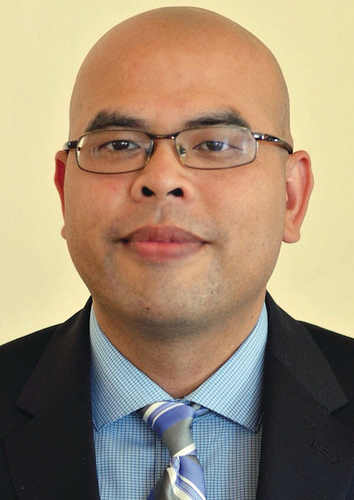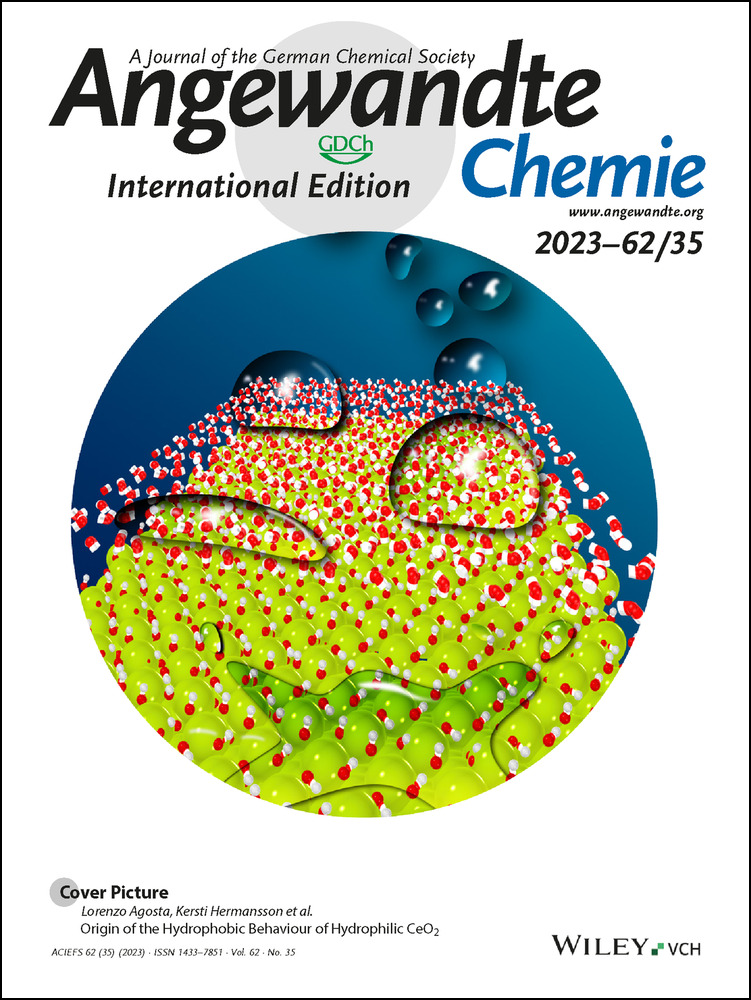Ba L. Tran
Graphical Abstract
If I could be granted a superpower, it would be teleportation because I could attend any seminar or conference in the world while waiting for reactions and still be home for dinner … My favorite piece of research is the reductive cleavage of dinitrogen by molybdenum trisanilide.” Find out more about Ba L. Tran in his Introducing … Profile.
Ba L. Tran
The author presented on this page has published his first article as a submitting corresponding author in Angewandte Chemie:
“Single-Crystal to Single-Crystal Transformations: Stepwise CO2 Insertions into Bridging Hydrides of [(NHC)CuH]2 Complexes”: E. A. Patrick, M. E. Bowden, J. D. Erickson, R. M. Bullock, B. L. Tran, Angew. Chem. Int. Ed. 2023, e202304648.
-
Position, Location:
-
Staff Scientist, Pacific Northwest National Laboratory, Richland (USA)
-
Homepage:
-
-
ORCID:
-
-
Education:
-
2001–2005 B.S. with Seth M. Cohen, University of California, San Diego (USA)
2007–2012. Ph.D. with Daniel J. Mindiola, University of Indiana, Bloomington (USA)
2012–2014 Postdoctoral studies with John F. Hartwig, University of California, Berkeley (USA)
-
Research:
-
Inorganic synthesis, reaction mechanisms
-
Hobbies:
-
Traveling with my wife, hiking, and playing basketball
I chose chemistry as a career because I had lots of fun making metal complexes and conducting science as an undergraduate researcher.
A key experience in my education/career was starting out my professional career in industry and learning from colleagues with diverse technical backgrounds.
The most exciting thing about my research is developing synthetic strategies to isolate reactive molecules and to examine their formation and reactivity.
Chemistry is fun because I can draw a molecule on paper, make it in lab, and confirm it by X-ray crystallography (hopefully).
In five years, I hope to be conducting more exciting organometallic research for renewable energy with a new wave of postdocs at PNNL.
My group has fun by visiting wineries in the Columbia Valley to celebrate the little victories in the group.
I recharge my batteries by exploring sights and new food in the Pacific Northwest and Canada with my wife on our spring and summer road trips.
If I were not a scientist, I would be working at Costco and playing in a recreational basketball league.
In a spare hour, I check the latest chemistry articles.
Guaranteed to make me laugh is the TV show Inside the NBA with Shaq, Kenny, Chuck, Ernie … and Underdog!
If I could be granted a superpower, it would be teleportation because I could attend any seminar or conference in the world while waiting for reactions and still be home for dinner.
My favorite piece of research is the reductive cleavage of dinitrogen by molybdenum trisanilide.
My favorite way to spend a holiday is to enjoy good food with good friends and family in San Diego.
My favorite saying/quote is “Do or do not. There is no try.” Shout-out to Seth, my undergraduate research advisor!
Behind the Science
Insight for the single-crystal to single-crystal (SC-SC) paper was gleaned from the kinetic analysis of carbonyl insertion into [(NHC)CuH]2 (Angew. Chem. Int. Ed. 2020, 59, 8645–8653). The reported rapid reaction of CO2 and [(NHC)CuH]2 in the literature seemed inconsistent with kinetic studies and suggested an alternative insertion mechanism. A major obstacle for this type of chemistry is the time-consuming identification of robust single crystals that can participate in SC-SC transformations. The significant difference in the rates of stepwise insertion of CO2 into the [Cu2H2] core in the solid–gas reactions was unexpected and remains a topic of interest in our lab.





